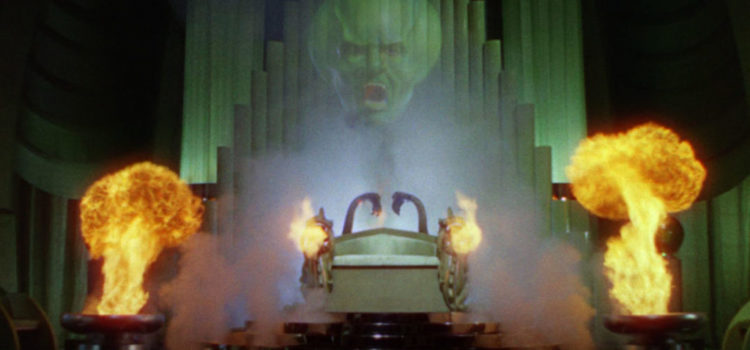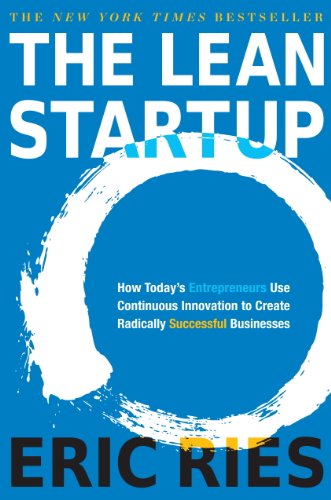

This article is an excerpt from the Shortform summary of "The Lean Startup" by Eric Ries. Shortform has the world's best summaries of books you should be reading.
Like this article? Sign up for a free trial here .
What is a Wizard of Oz MVP from Lean Startup? How do you build one? What does it teach you about your business? Learn the key strategies from Lean Startup.
Wizard of Oz MVP Introduction
Many startup ideas revolve around fancy automated services, especially those involving machine learning/artificial intelligence. Let’s use an example of an AI gift recommender. You, the customer, write a few sentences about what the gift recipient’s personality and interests are. The product returns 3 Amazon links with products the recipient is likely to enjoy.
This is a pretty complicated product to build. Once again, for your wizard of oz MVP, you don’t want to waste time building the algorithms before figuring out if anyone even wants your service. It might turn out that this concept just doesn’t resonate with people, or that your recommendation strategy is poor.
So how do you test this concept? Once again, like the concierge MVP, you can replace the service with a human. In a Wizard of Oz MVP, the user thinks she’s interacting with an automated product, but in reality behind the curtain a human is pulling the levers.
In the case of the AI gift recommender, a user would submit a few sentences on a web form. Behind the curtain, a human looks at the submission, curates a list of suggestions, and emails them to the user, pretending to be an automated service. Just like in the Wizard of Oz!
The wizard of oz MVP gives the user a faithful representation of what the fully fledged product would act like, and you can gauge their reaction. You save a ton of product development time by using the very adaptable human.
The wizard of oz MVP strategy works because, frankly, the user doesn’t care whether the backend is powered by an algorithm or a human. She just cares that her problem is being solved – in this case, that the gift recommendations are good and your friend’s going to be happy. If customers love when a humans solve their problems, they’ll likely love when a machine solves them the same way.
With all of these MVPs, you should be at least somewhat confident that you can build what’s being promised. If you boast about a breathing device that lets you stay underwater for 30 minutes without scuba gear, you might get a lot of signups. But if you can’t deliver, your company is hosed in the long term.
———End of Preview———

Like what you just read? Read the rest of the world's best summary of "The Lean Startup" at Shortform . Learn the book's critical concepts in 20 minutes or less .
Here's what you'll find in our full The Lean Startup summary :
- How to create a winning Minimum Viable Product
- How to understand how your startup will grow
- The critical metrics you need to track to make sure your startup is thriving






